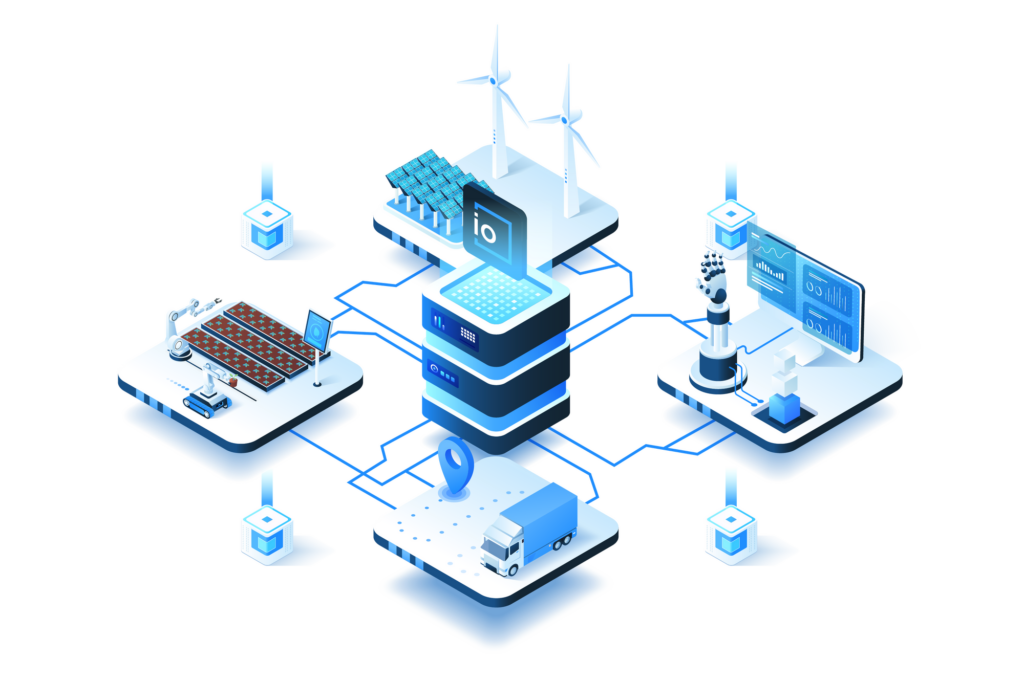Last May 28th, The Things Network publicly announced the launch of its new stack for the deployment of LoRaWAN devices highlighting among its new features a new architecture with new components, a new support for uplink and downlink payload formatter, and an uplink system with message priorities that will be very useful to manage parameters in the deployed devices. All these features add to TTN’s value proposition, which today has the largest LoRaWAN network in the world through a large user community in which anyone can participate by simply registering on its website or contributing to the gateway network. Thanks to this orientation, it now has almost global coverage, with almost 11,000 gateways supporting more than 100,000 developers.

From the Thinger.io team we took notice of the first news about the new technology and started to develop a plugin that would adapt the new stack to our platform as soon as possible. In this matter, requests from our own user community were very useful, as well as in the process of debugging the solution.
The goal of this plugin is to simplify the integration of applications as well as improve the experience of developers integrating their TTN devices, bringing enhanced functionalities such as device auto-provisioning, uplink and downlink data processing and storage, as well as a simple way to work with all the other Thinger.io features, such as dashboarding to display data, geofencing support to track devices location and to create automatic alerts or even to be processed with a third plugin such as Node-RED’s or Graphana’s that also counts with integration on Thinger.io Platform.

Note that, as Thinger.io is hardware agnostic, onces the devices have been integrated into the platform, can share infrastructure with other devices connected via MQTT or Sigfox protocols in a completely transparent way. This is really powerful because it allows us to create projects with hybrid networks, using the most suitable device for each situation.
Simple integration
The integration between the two platforms only requires a few clicks to configure the plugin with the application ID and to customize the behavior of the payload data processing tool. Then, thinger.io provides all the necessary data to perform the configuration of a custom webhook in The Things Stack, which is nothing more than a REST API, an access token and the selection of the JSON message format.

Soon we will also launch a specific webhook into the integration list of TTN Stack, which will simplify even more this process. However, if you are interested in this integration, do not hesitate on reading the extensive explanation that is available in our documentation.
The Things Network 2021 conference
We are proud to have been invited by the TTN team to participate in their conference, where we had the opportunity to explain firsthand to the community, how to perform this integration through a real use case in which we connected an air quality measurement device.
No queremos finalizar este documento sin darte las gracias por tu atención y ofrecerte un mes de prueba gratuito of the premium Thinger.io platform in order to allow you testing this new plugin. So please do not hesitate on contacting us to schedule a demonstration with one of our experts just filling this contact form.


